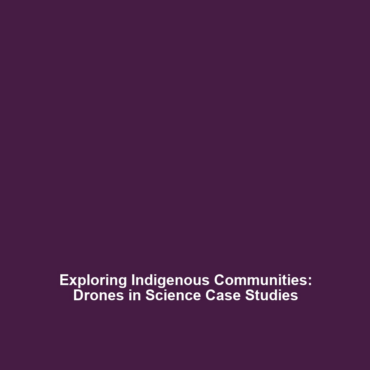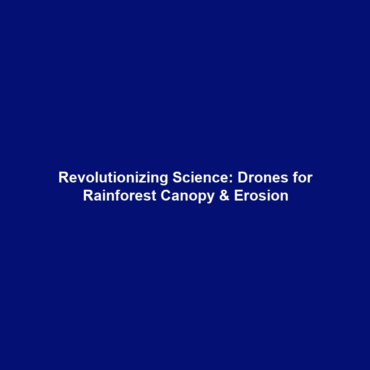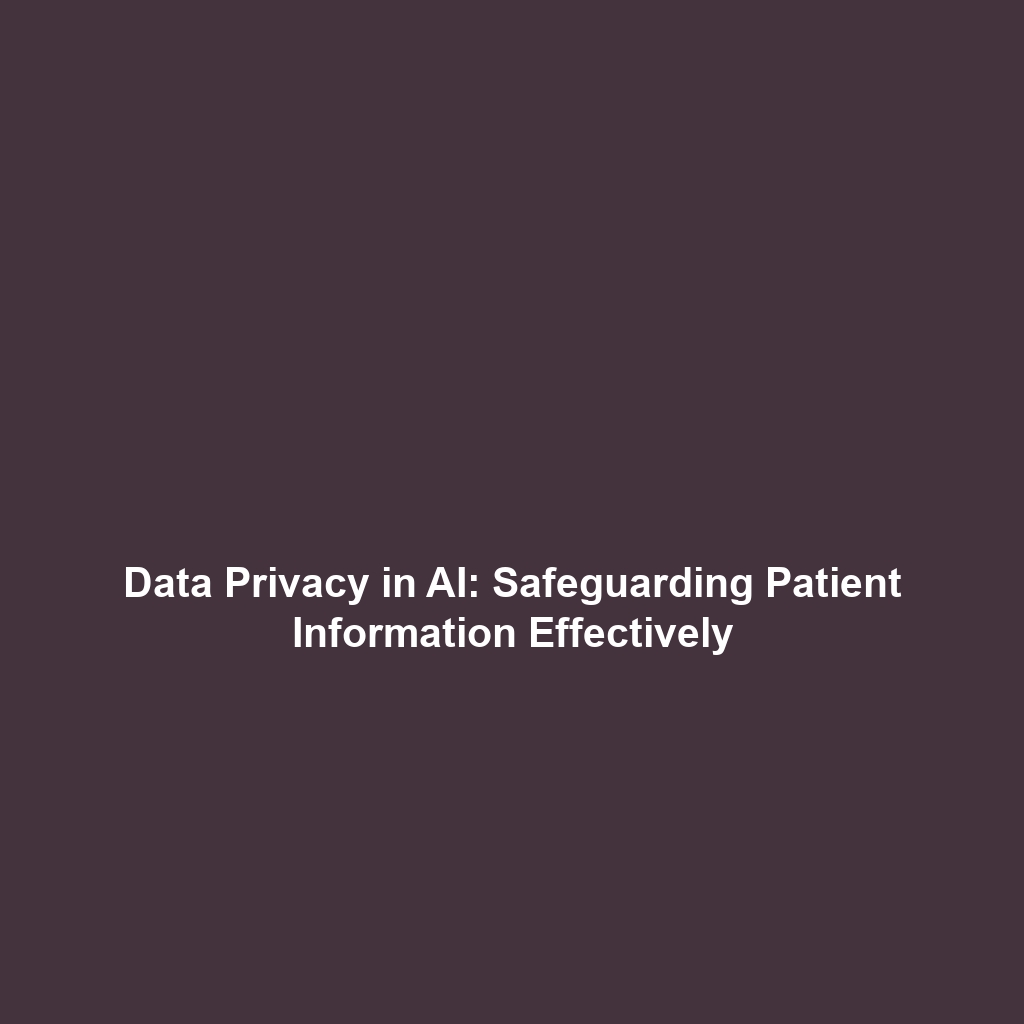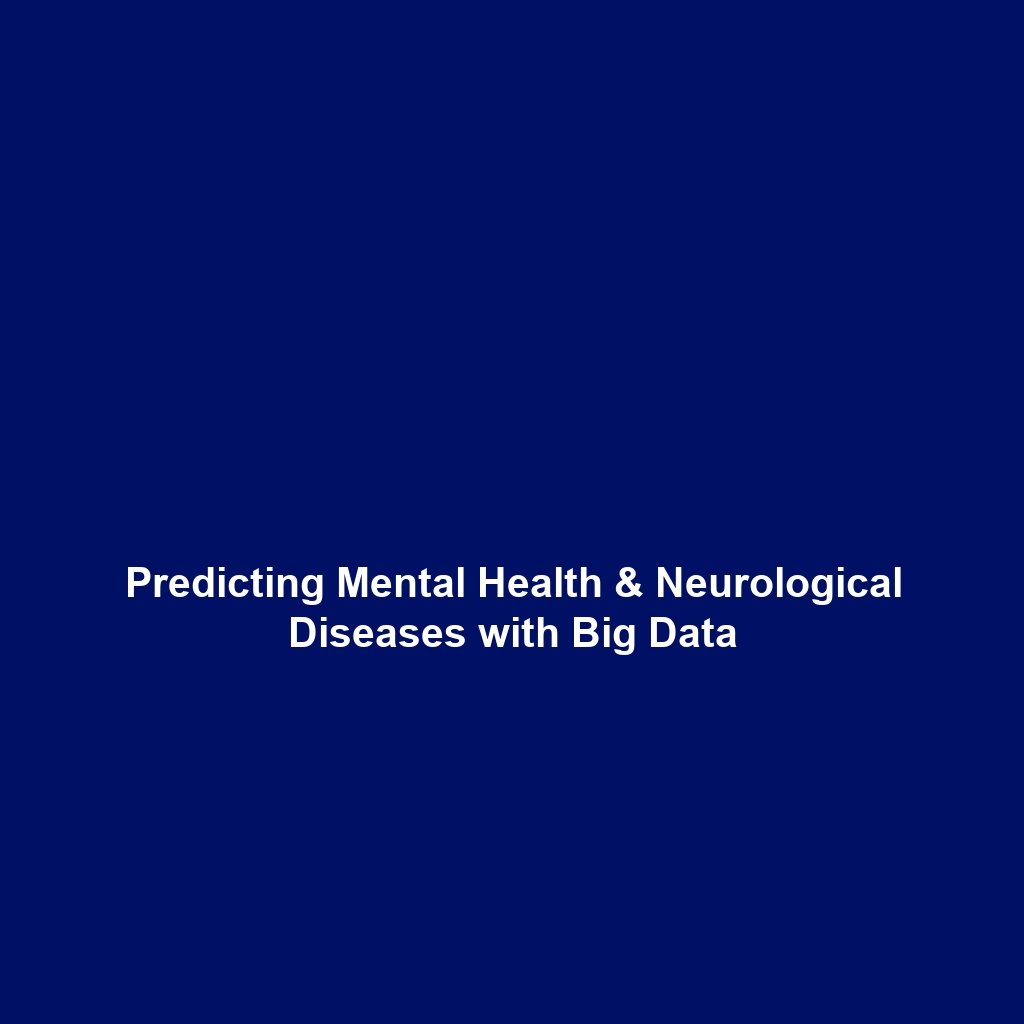Drones Mapping Coral Bleaching in the Great Barrier Reef: Case Studies
Introduction
The application of drones in science has revolutionized environmental monitoring, particularly in sensitive ecosystems such as the Great Barrier Reef.
Case studies focusing on drones mapping coral bleaching events provide critical insights into the health of coral reefs and the factors contributing to bleaching.
These innovative technologies are essential for real-time data collection and analysis, allowing scientists to address pressing ecological issues and promote conservation efforts.
Understanding the significance of these studies is vital for protecting coral reefs, which are among the most biologically diverse ecosystems on the planet.
Key Concepts
Several key concepts underpin the integration of drones in ecological research:
Remote Sensing Technology
Drones equipped with high-resolution cameras and sensors are used to capture aerial images of coral reefs, allowing for detailed assessments of coral health.
Data Analytics
The use of sophisticated software to analyze the images collected by drones enables researchers to identify coral bleaching patterns and assess damage over time.
Ecological Impact Assessment
By mapping coral bleaching events, scientists can evaluate how environmental factors, such as rising sea temperatures, impact coral reef ecosystems.
Applications and Real-World Uses
Case studies of drones mapping coral bleaching illustrate various real-world applications:
- Monitoring Coral Health: Drones enable scientists to track changes in coral health over large areas, providing data critical for conservation strategies.
- Disaster Response: Drones can quickly assess damage caused by natural disasters, facilitating prompt recovery efforts.
- Research Collaboration: Collaborative projects between universities and conservation organizations leverage drone technology for in-depth studies.
These applications highlight how drones are used in mapping coral bleaching events within the broader context of drones in science.
Current Challenges
Despite the advantages, there are several challenges associated with using drones for coral bleaching studies:
- Data Quality: Variability in image resolution can affect the accuracy of assessments.
- Regulatory Issues: Strict regulations concerning drone usage can limit operational capabilities in sensitive areas.
- Environmental Conditions: Adverse weather conditions can hinder drone operations, impacting data collection.
These challenges underscore the challenges of studying coral bleaching with drones.
Future Research and Innovations
The future of drones in science looks promising with ongoing innovations:
- Enhanced Imaging Technologies: Developments in imaging technologies will improve data capture for better analysis of coral health.
- AI Integration: Artificial intelligence will play a pivotal role in automating data analysis, making it faster and more efficient.
- Collaborative Technologies: Increased collaboration with marine biologists will help refine the use of drones in ecological studies.
These advancements could significantly impact the study of coral ecosystems and the overall field of drones in science.
Conclusion
In conclusion, case studies on drones mapping coral bleaching events in the Great Barrier Reef illuminate the critical role that drone technology plays in marine conservation.
As researchers continue to innovate and address existing challenges, the potential for drones in ecological research will continue to grow.
For those interested in further exploring this field, we encourage you to read more about the applications of drones in environmental monitoring and their impact on conservation efforts.
Read more about drones in environmental science here.






